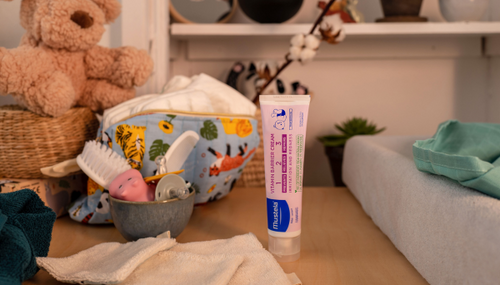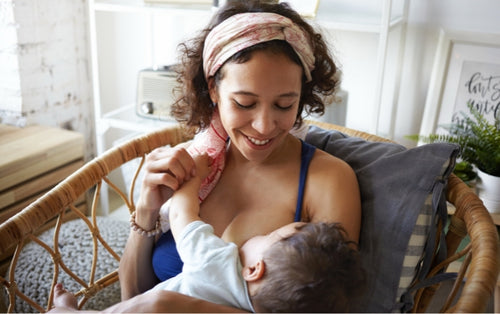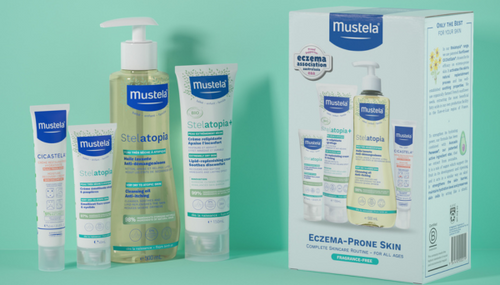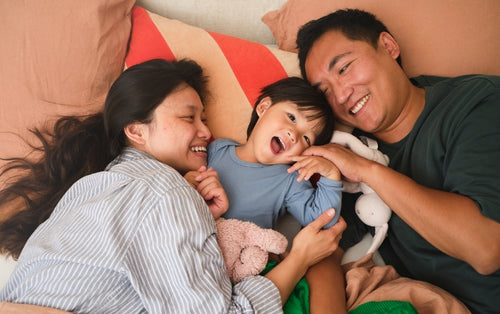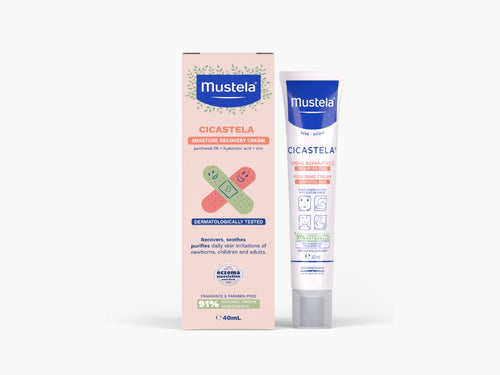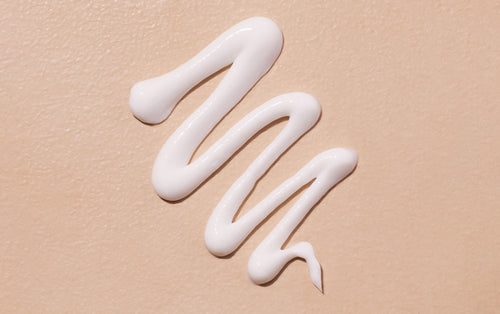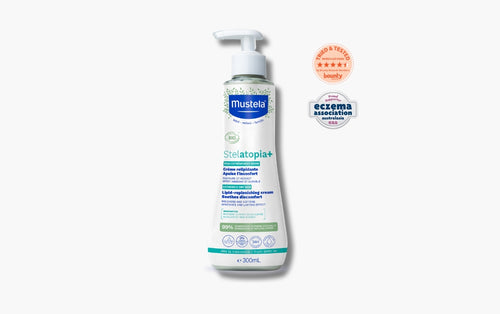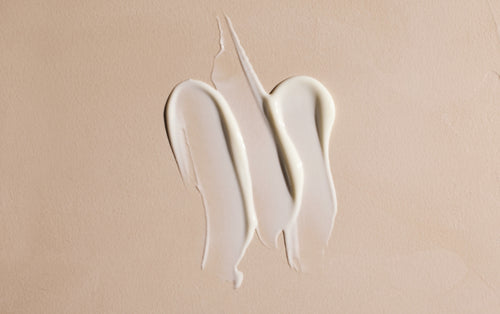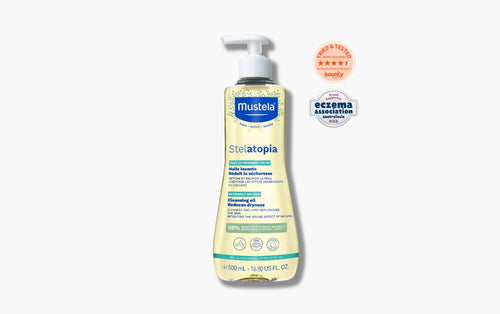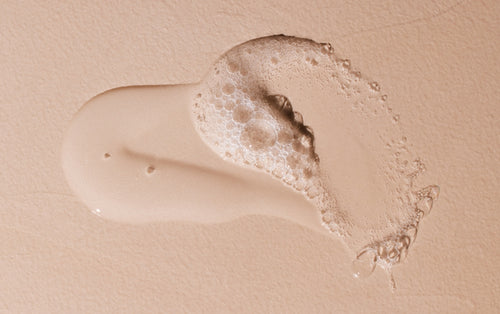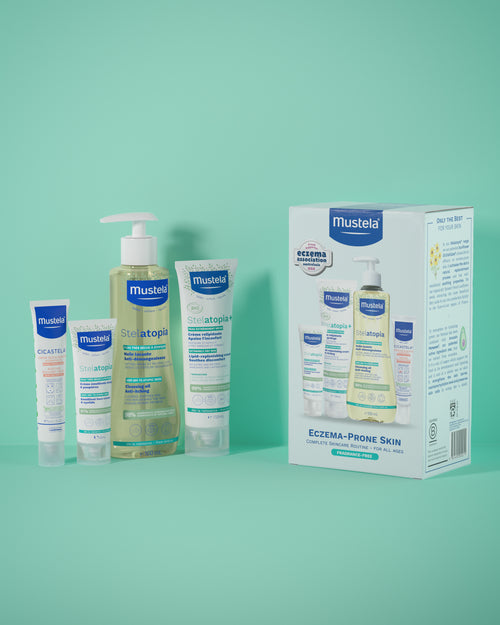For you, it’s a perfect opportunity to play games and enjoy yourself with your little one!
Babies are bursting with energy right from the word go - they simply can’t stay still! They also want to explore the world around them, test their bodies and interact with other children.
Run by psycho-motor therapists or specially trained facilitators, baby gyms help children develop their motor skills, coordinate their movements, or improve their balance and physical awareness - which ticks a lot of child development boxes. It’s also an excellent way for your child to get used to the company of other children, especially if they don’t go to nursery.
A safe play environment
Covered with brightly-coloured foam floor mats and filled with balls, fabric tunnels and low climbing frames, baby gyms are places where children have fun in complete safety. They can let off steam to their heart’s content without ever getting hurt.
Whether you are a mom, dad, grandparent or nanny, you’ll have to stay with your baby who will be both stimulated and reassured. But even if your child’s older, we recommend you don’t miss this golden opportunity to spend some time playing with your child.
Stimulating and varied activities
Baby gyms generally accept children from five or six months - or once they’ve taken their first steps - to six years. Children are divided into small age groups and sessions usually last between 45 minutes and one hour, to keep things short for younger children.
Activities vary according to age and there’s lots of music involved. The facilitators and children take a few minutes to get to know each another. Then the youngest (up to about 18 months) do motor exercises (peddling, foot-grabbing, hand-clapping, etc.) lying down or sitting on mats. Next, they work on their walking, running, jumping, rolling, somersaulting and ball games.
Facilitators might ask older children to complete short obstacle courses, do movements in series, play balance games or climb small frames. This helps them use and control their physical capacities.
Not all activities are physical. Children sing nursery rhymes, dance in a ring or play in groups. Some clubs even give massages! Courses usually end with a quiet moment, when facilitators play gentle, relaxing music. Practical tips Ready to hit the gym with your baby? To make sure it’s fun for you and your child, we recommend you...
Dress them in loose, comfortable clothes (t-shirt and jogging bottoms or leggings) to give them plenty of room to move around. To let them come into direct contact with the floor and improve their balance, take off their shoes.
Choose a time when you know your child’s going to be alert and full of beans. Avoid siesta time or just after meals - they could be jumping around a lot!
Let your child explore the room by themselves if they don’t want to take part in the activities. Don’t force them to join in. Just stay and watch the other children. Or simply go home and come back next week. Baby gym should be fun.
Remember to take drinks and snacks. Gym is thirsty, hungry work!
Lastly, organise some quiet time when you get home - they’re bound to be tired after their “play out”.
